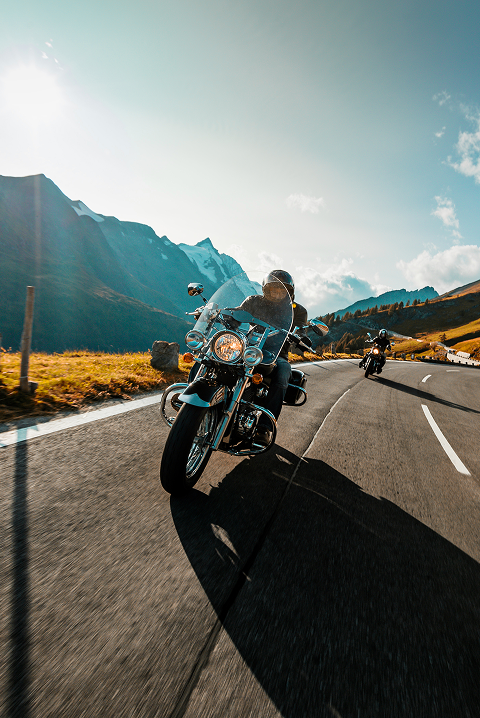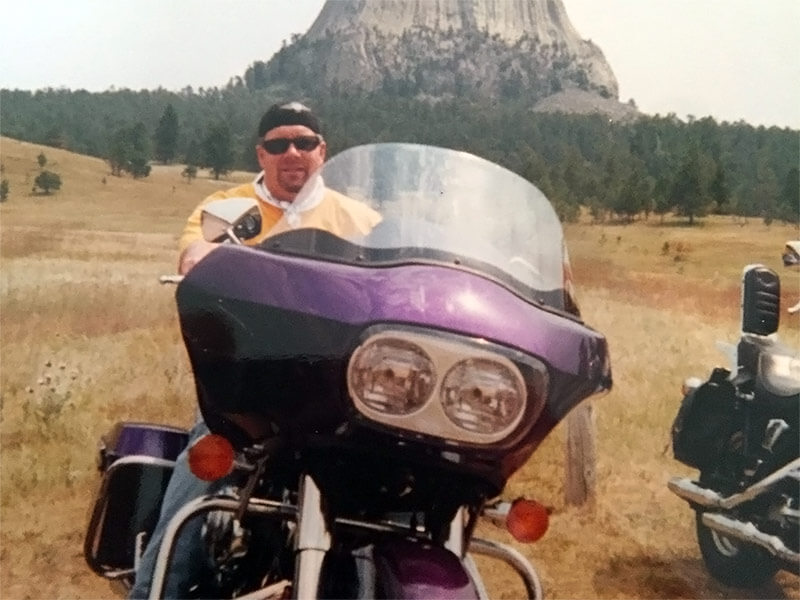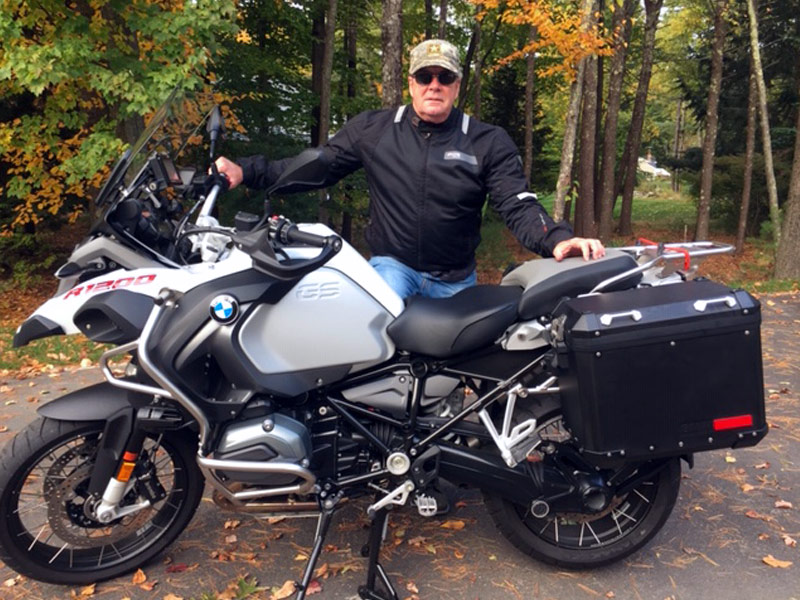Based in
Andover and proudly serving communities across northern Massachusetts and southern New Hampshire.
Each year, thousands of motorcycle rides end with the devastating sound of a crash and a rider down. Unlike passengers in cars, motorcyclists have little protection, making them nearly 30 times more likely to suffer fatal or life-altering injuries in an accident. The freedom and thrill of riding through places like Boston, Lowell, Peabody, or Manchester come with significant risks, as riders take on the full impact of a collision with little to no buffer.
In many cases, motorcycle accidents are caused by negligent drivers who fail to notice or respect motorcyclists on the road. Distracted driving, failure to yield, and reckless behavior put riders at serious risk, often with catastrophic consequences. No matter the cause, injured motorcyclists need strong legal representation from a team that understands the unique challenges they face on the road and the legal complexities that follow an accident.
At Kiley Law Group, our motorcycle attorneys bring over 50 years of experience and more than
$1 Billion recovered for injured riders throughout Massachusetts and southern New Hampshire. From bustling city streets in Boston and Lowell to scenic roads in Andover, Rye, and Manchester, we’ve proudly served communities where riders need trusted advocacy. We understand the profound impact a motorcycle accident can have physically, emotionally, and financially and we are dedicated to holding negligent drivers accountable. Whether it’s covering medical bills at Boston Medical Center or Lawrence General, recovering lost wages, or seeking damages for pain and suffering, we fight to help riders and their families get back on their feet.
Don't be left wondering if you have a claim.
Contact a trusted motorcycle accident attorney serving Greater Boston and beyond for a free case evaluation. Call Kiley Law Group. We’re available 24/7. You can also reach out online, and we’ll get in touch with you promptly.






